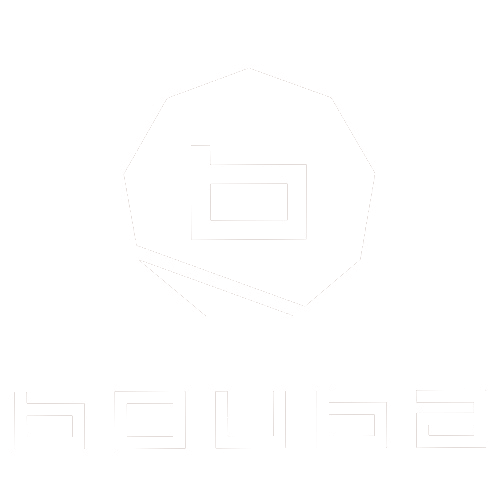In beginner lash application, there’s one directive: stick the strip or cluster along the lash line. But at Bouba World, we challenge that as merely a starting point—not the destination.
To create designs that truly blend, especially with individual lashes, you must follow the natural lash map—the pattern of how your client’s real lashes grow.
“Glue to the line, and you copy. Follow the map, and you create.” — Bouba World
This blog reveals why understanding the natural lash map is the key to invisible blends, lasting structure, and a luxurious finish.






